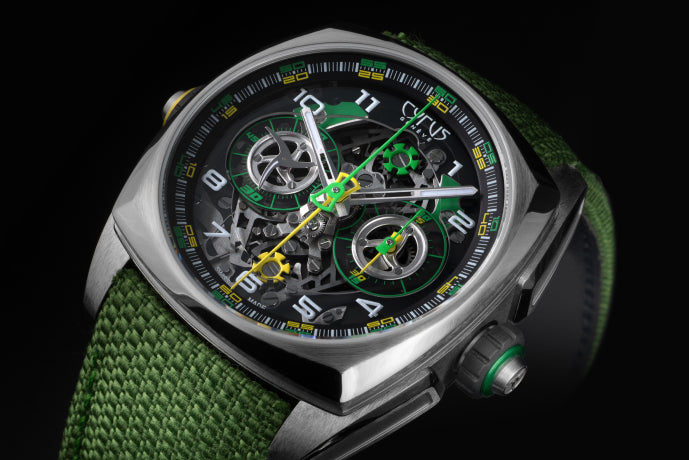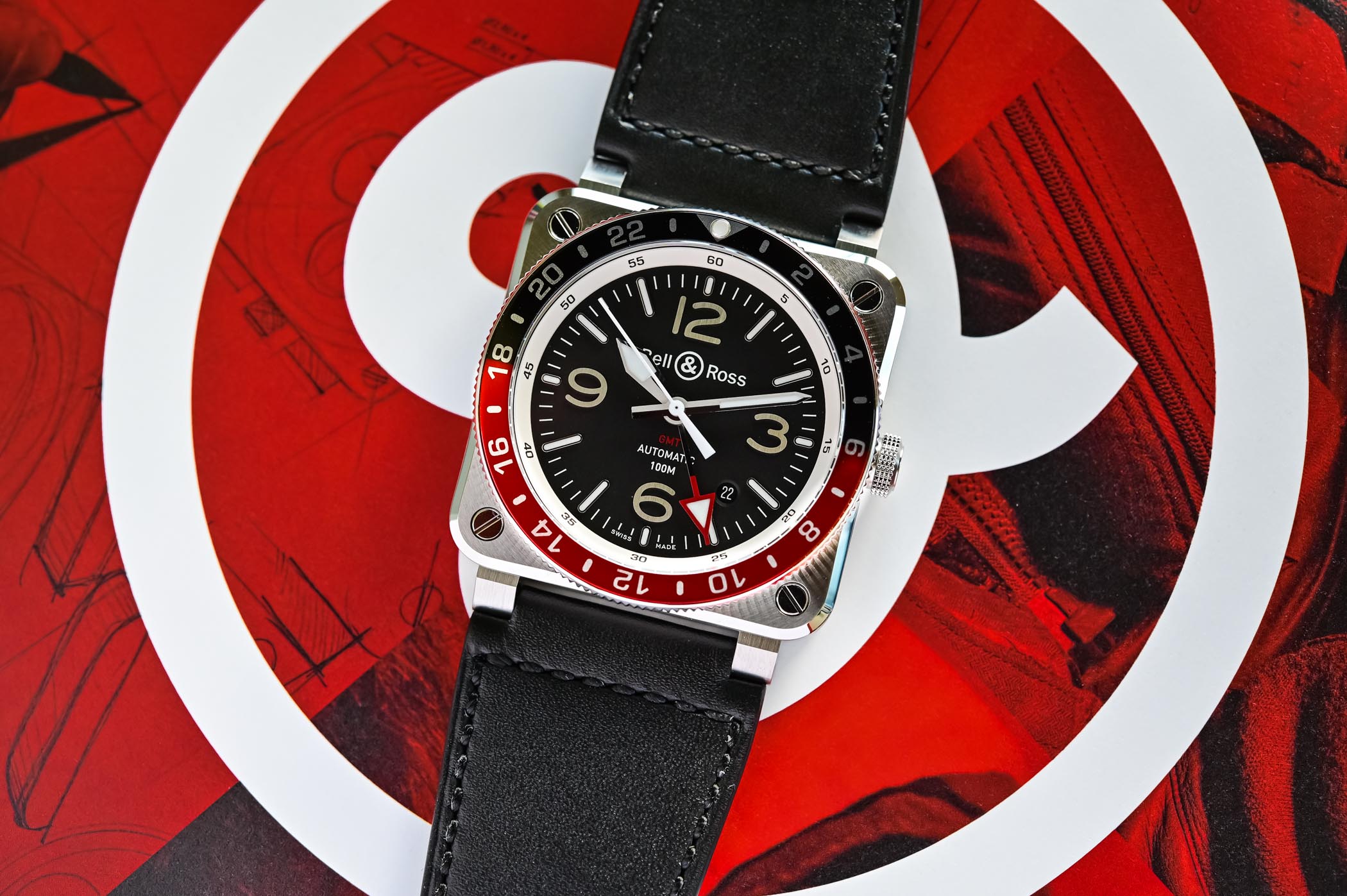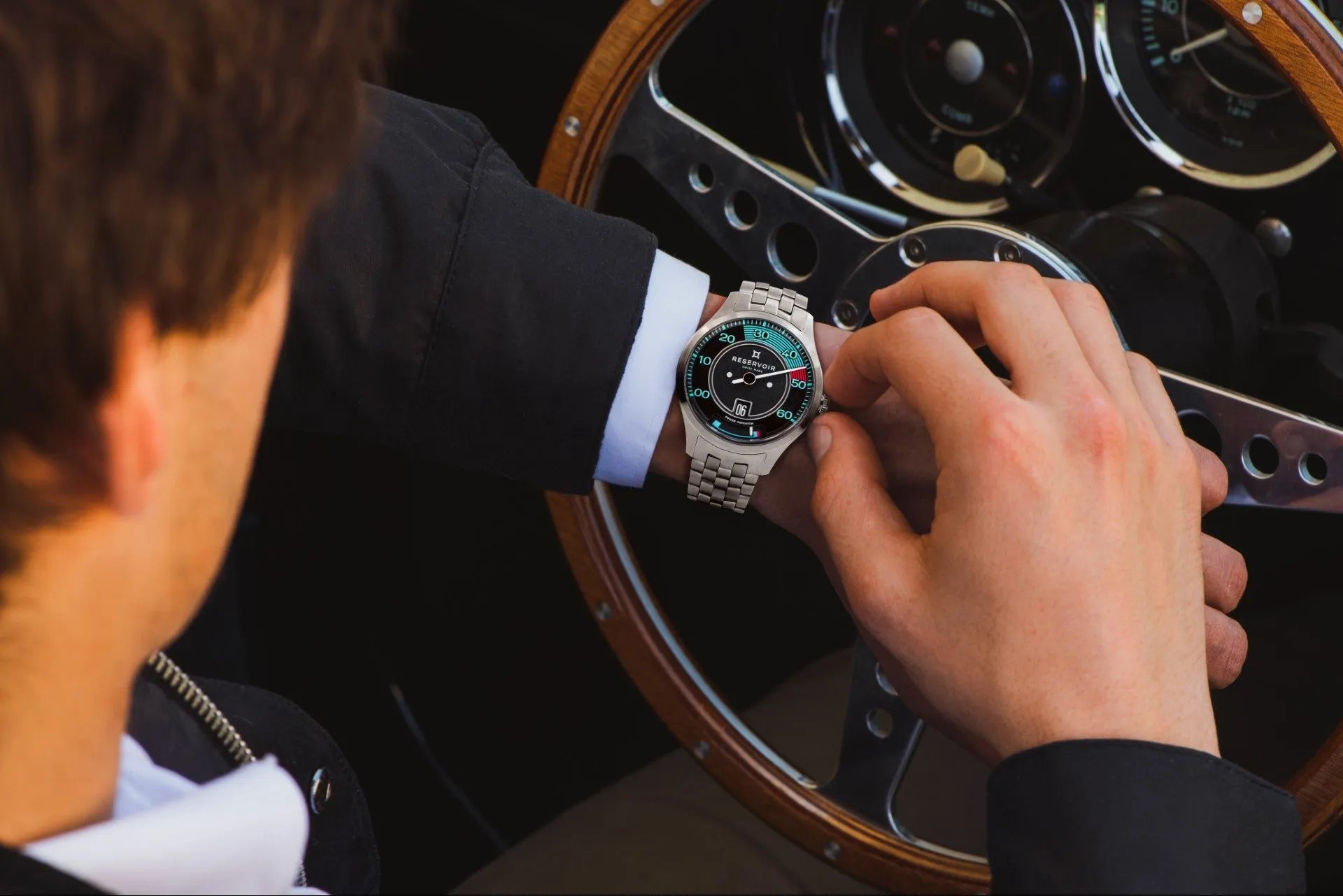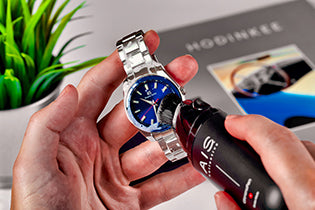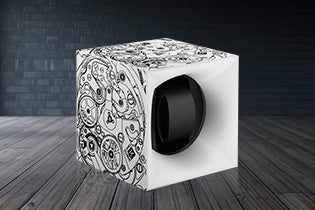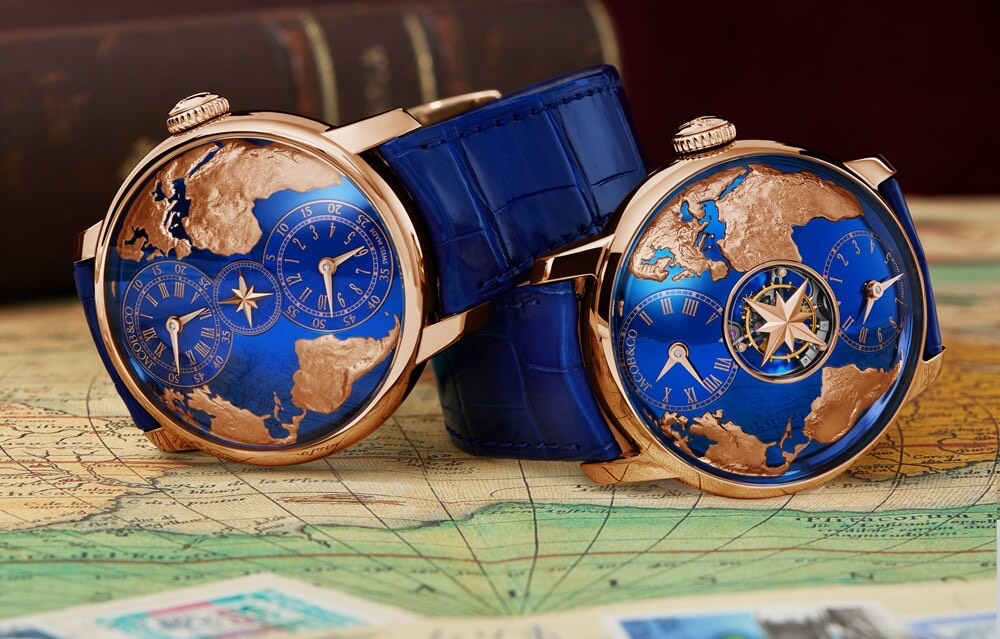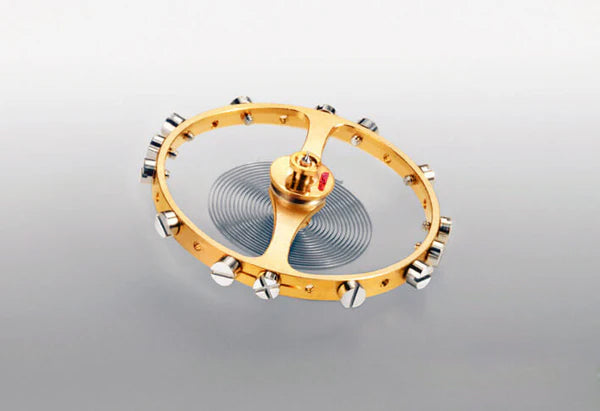
The Tourbillon: A Dance of Precision and Art
Born from Breguet’s genius, the tourbillon began as a single-axis marvel. But innovation never rests.
• 1977 – Double-Axis Revolution: Anthony Randall introduces the double-axis tourbillon in a carriage clock.
• 1986 – The Automatic Leap: Audemars Piguet’s Caliber 2870 becomes the first automatic tourbillon, marking a new era post-quartz crisis.
• 2001 – Ulysse Nardin’s Freak: Debuting in 2001, the Freak redefines horology with its revolutionary design—eliminating traditional hands, dial, and crown—and pioneering the use of silicon components.
• 2003 – Double-Axis Flying Tourbillon: Thomas Prescher’s pocket watch tourbillon takes flight, followed by the first triple-axis wristwatch tourbillon in 2004.
• 2004 – Greubel Forsey’s Double Tourbillon 30°: A tourbillon within a tourbillon, tilted at 30° for extra drama.
• 2004 – Jaeger-LeCoultre Gyrotourbillon: A multi-axis masterpiece pushing technical limits, evolving into versions with perpetual calendars and astronomical complications.
• 2005 – Greubel Forsey Quadruple Tourbillon: Two double tourbillons, independently mesmerizing.
From Chronometry to Showmanship
Once built to defy gravity, the tourbillon is now a showpiece—an extravagant ballet of gears and precision. It’s no longer solely about accuracy; it’s about awe, craftsmanship, and pure horological seduction. The ultimate flex in high watchmaking, it remains one of the most coveted complications in the world.


